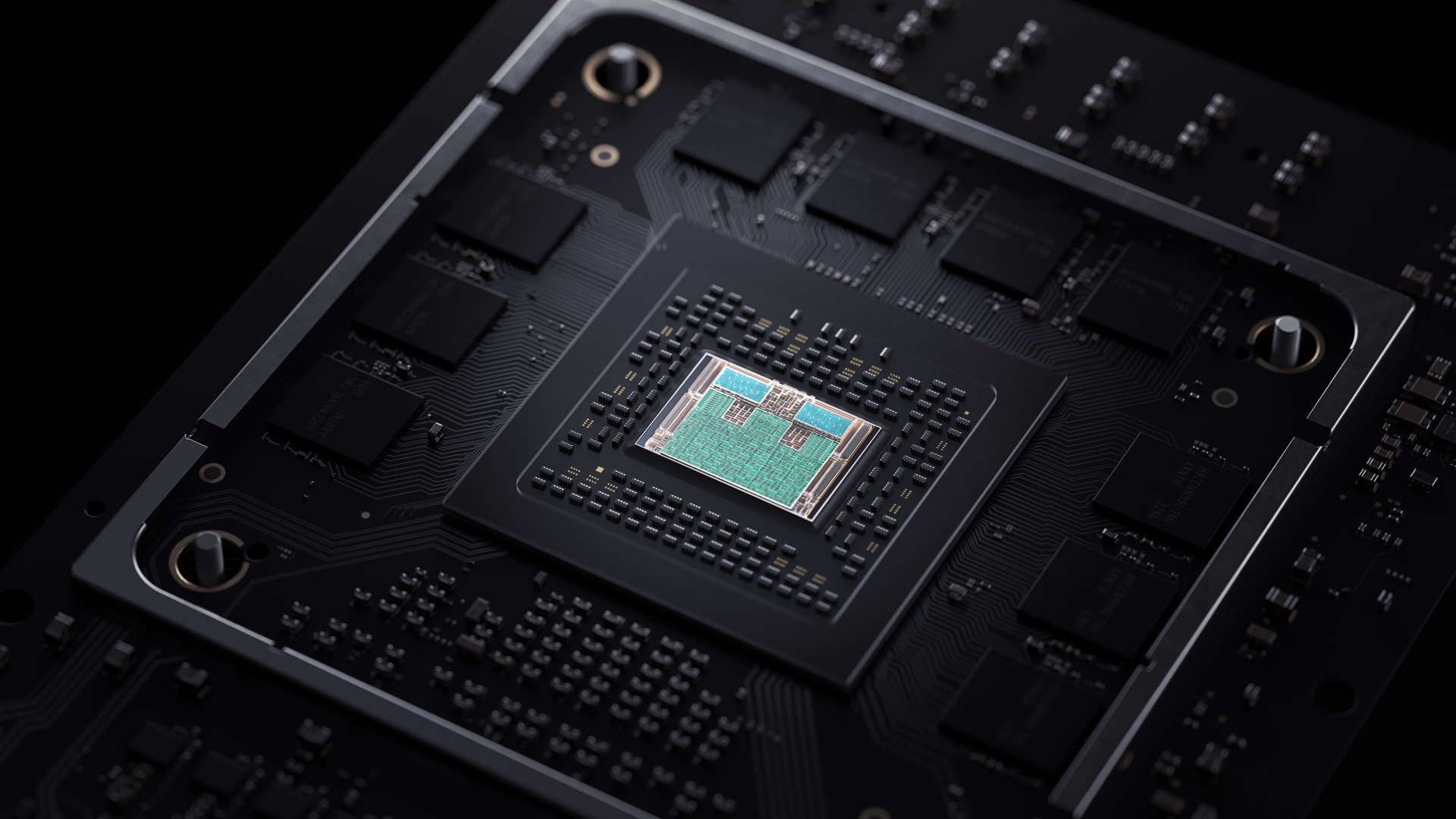Noobeinstein
Well-Known Member
Ei kannata liikaa odottaa säteenseurannalta seuraavassa genissä.

 www.pcgamer.com
www.pcgamer.com
Mark Grossman, principal architect at Microsoft, has detailed the graphics silicon inside the Series X and just what role ray tracing has in it.
The short answer seems to be: not much.
The dual compute units (DCU) of the Big Navi-like GPU inside the Xbox Series X do have specific hardware dedicated to accelerating the real-time ray tracing process. But that seems to be the only change to the RDNA 2.0 dual compute unit compared with the first-gen ones found in the AMD RX 5700-series cards.
"We've added hardware embedded in the compute units," says Grossman, "to perform intersections of rays with acceleration structures that represent the scene geometry hierarchy. That's a sizeable fraction of the specialised ray tracing workload, the rest can be performed with good quality and good real-time performance with the baseline shader and memory design.
But while Microsoft has indeed worked with AMD to ensure there is some level of ray tracing support inside the Xbox Series X GPU, Grossman doesn't seem to be that enthused about how readily it will be utilised.
"We do support DirectX Raytracing acceleration, for the ultimate in realism™, but in this generation developers still want to use traditional rendering techniques, developed over decades, without a performance penalty," says Grossman sadly. "They can apply ray tracing selectively, where materials and environments demand, so we wanted a good balance of die resources dedicated to the two techniques."

Xbox architect on ray tracing: 'developers still want to use traditional rendering techniques without a performance penalty'
The Xbox Series X still has dedicated ray tracing hardware anyways...

